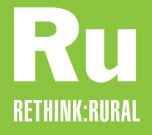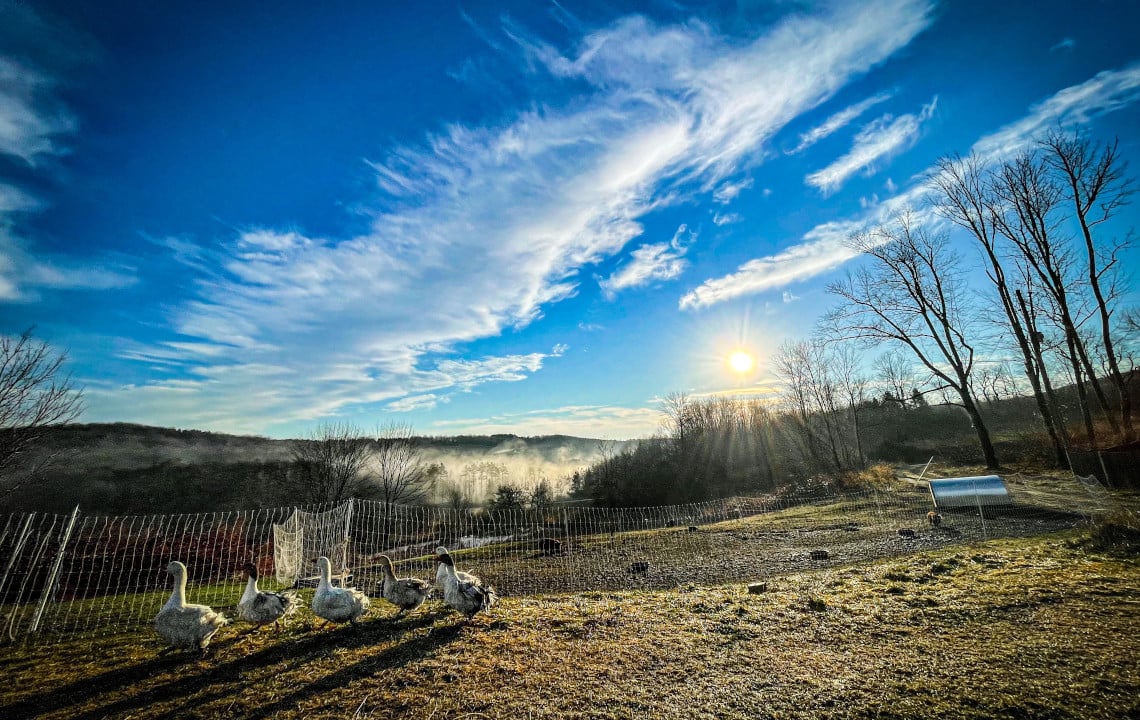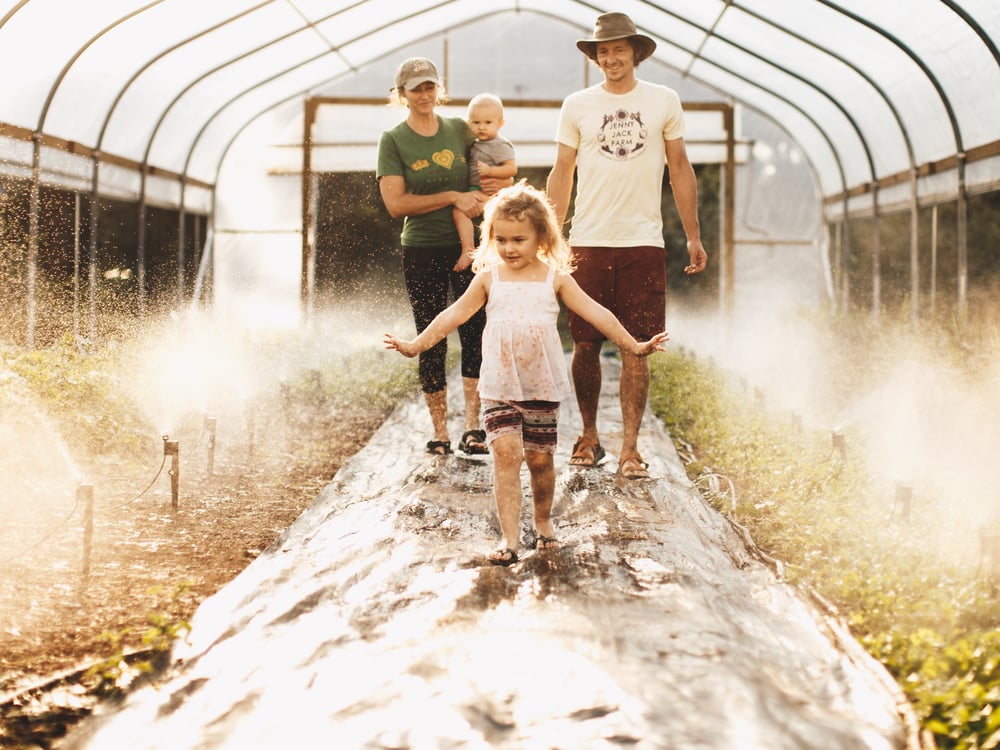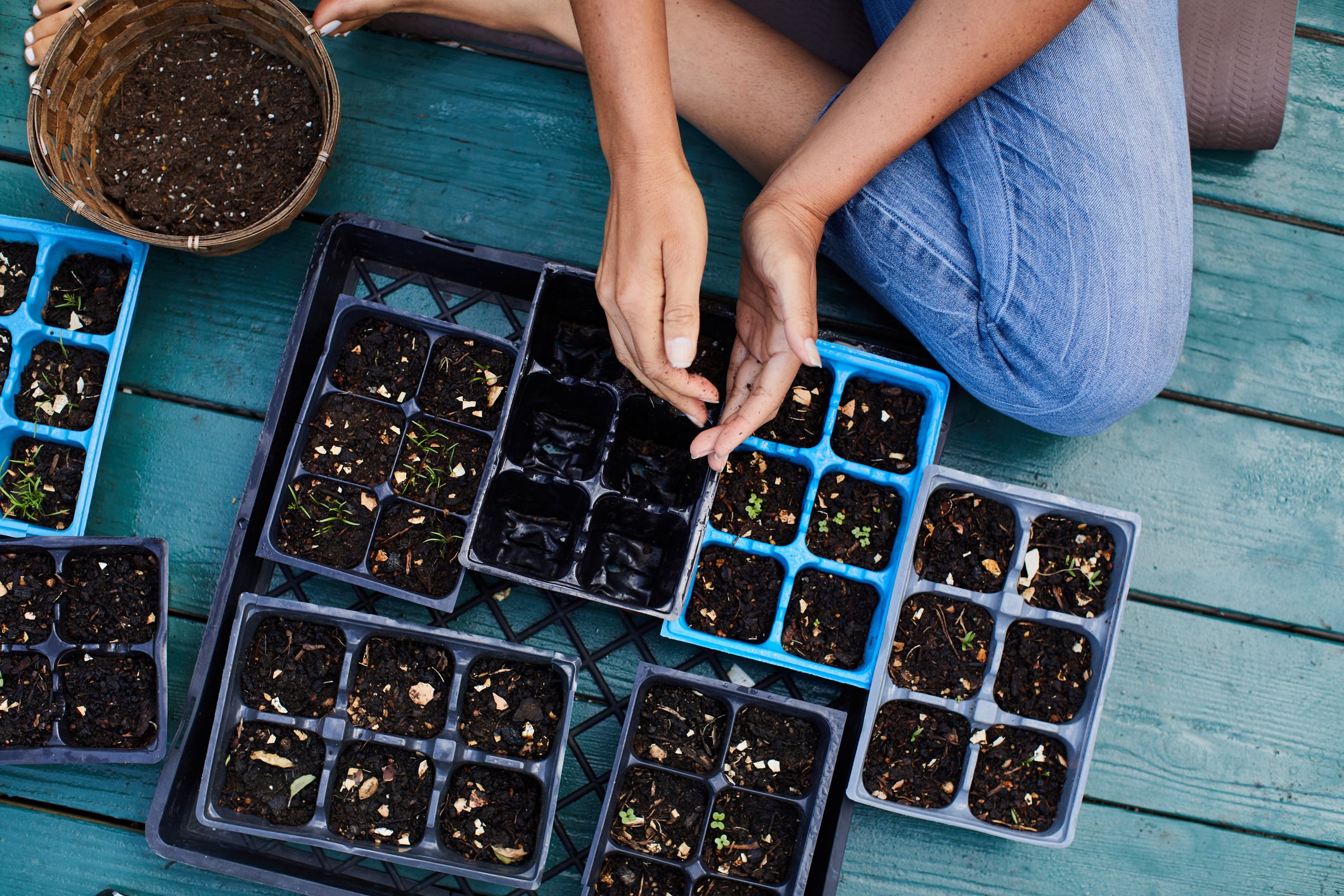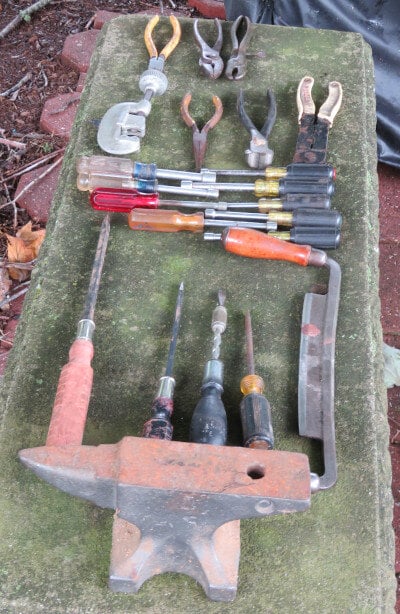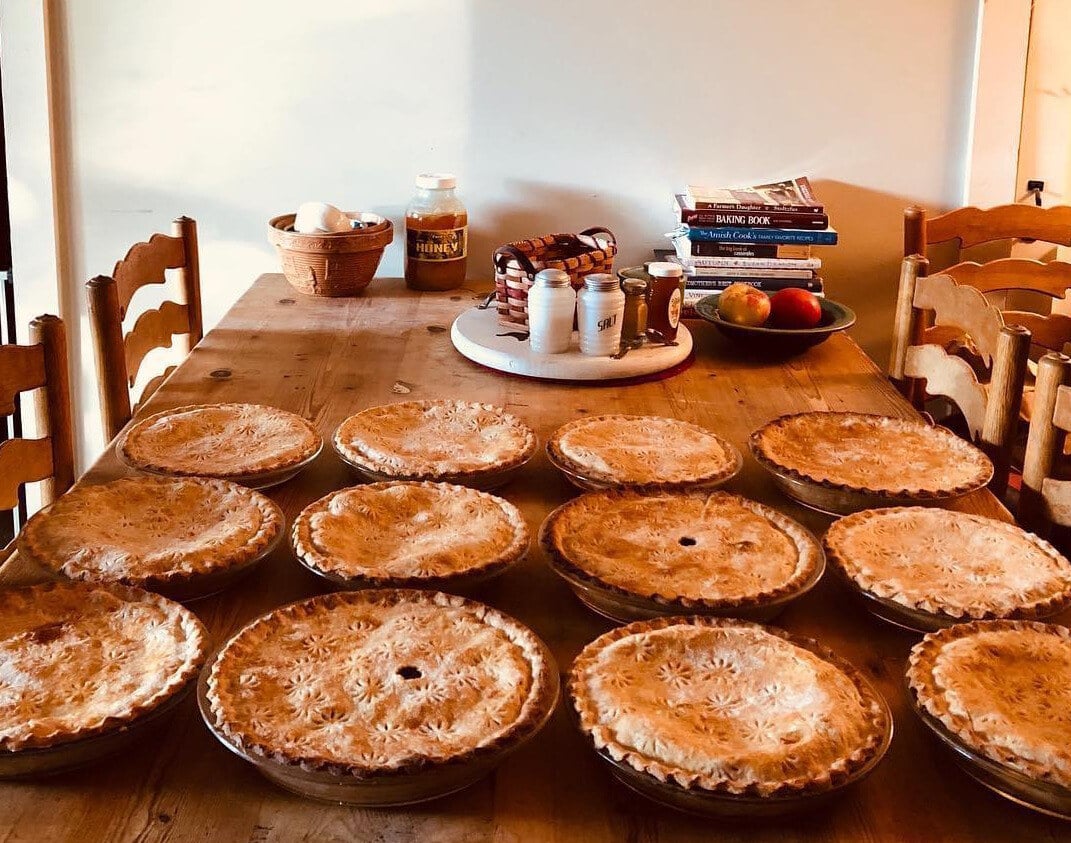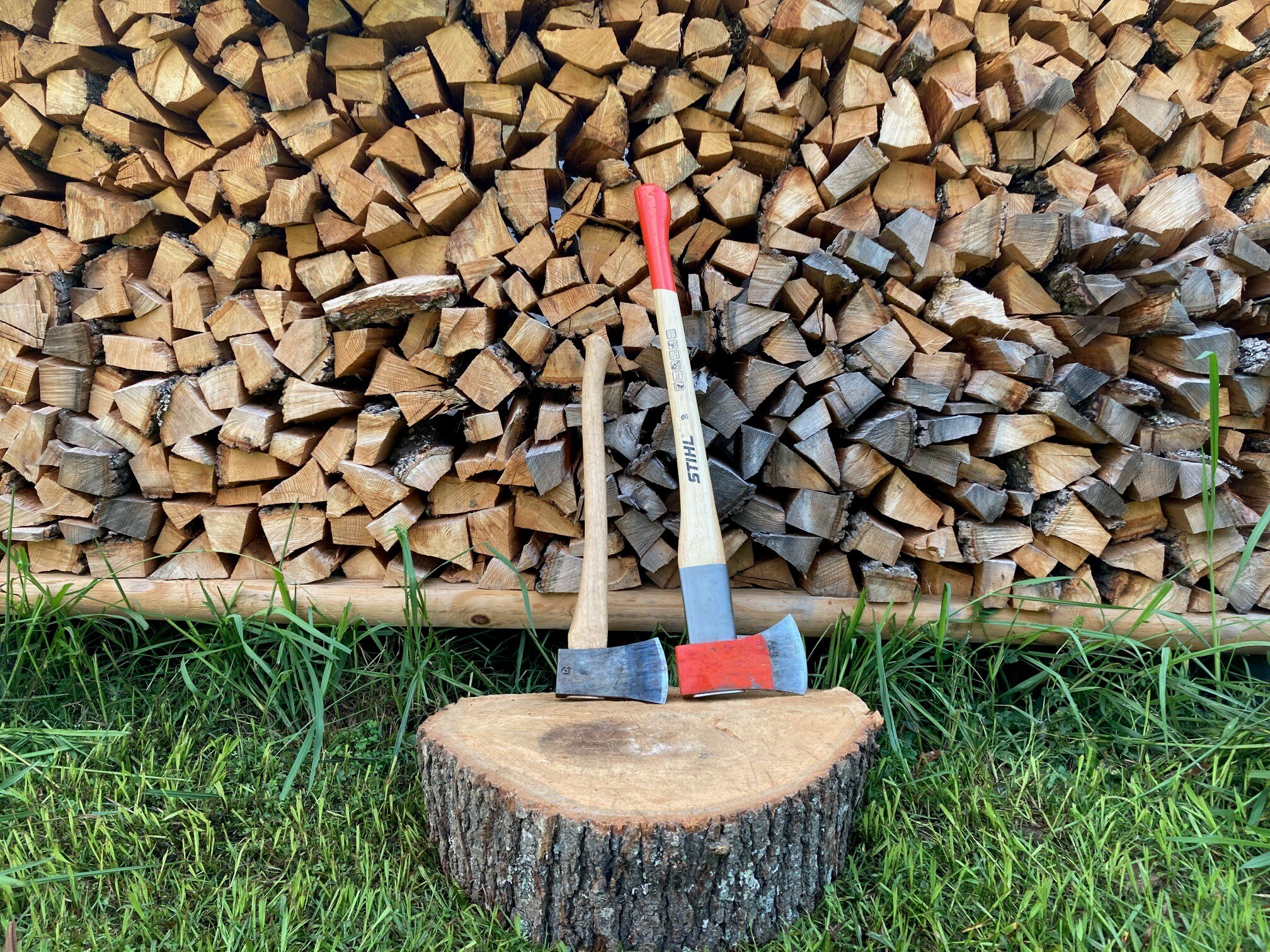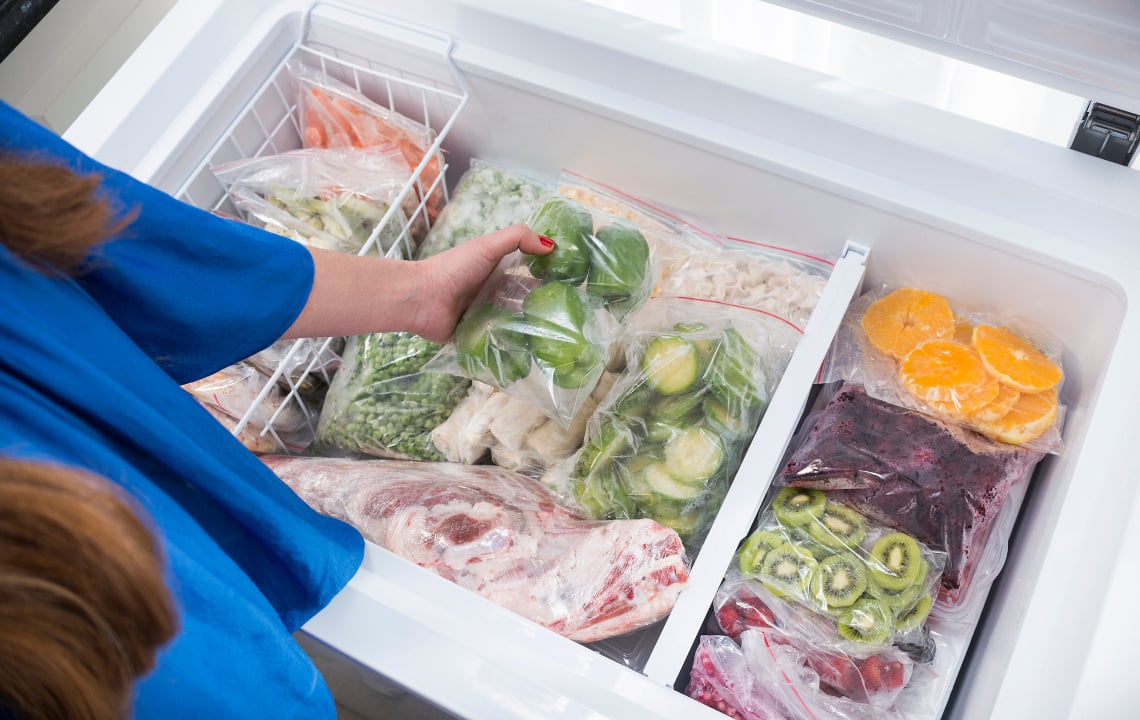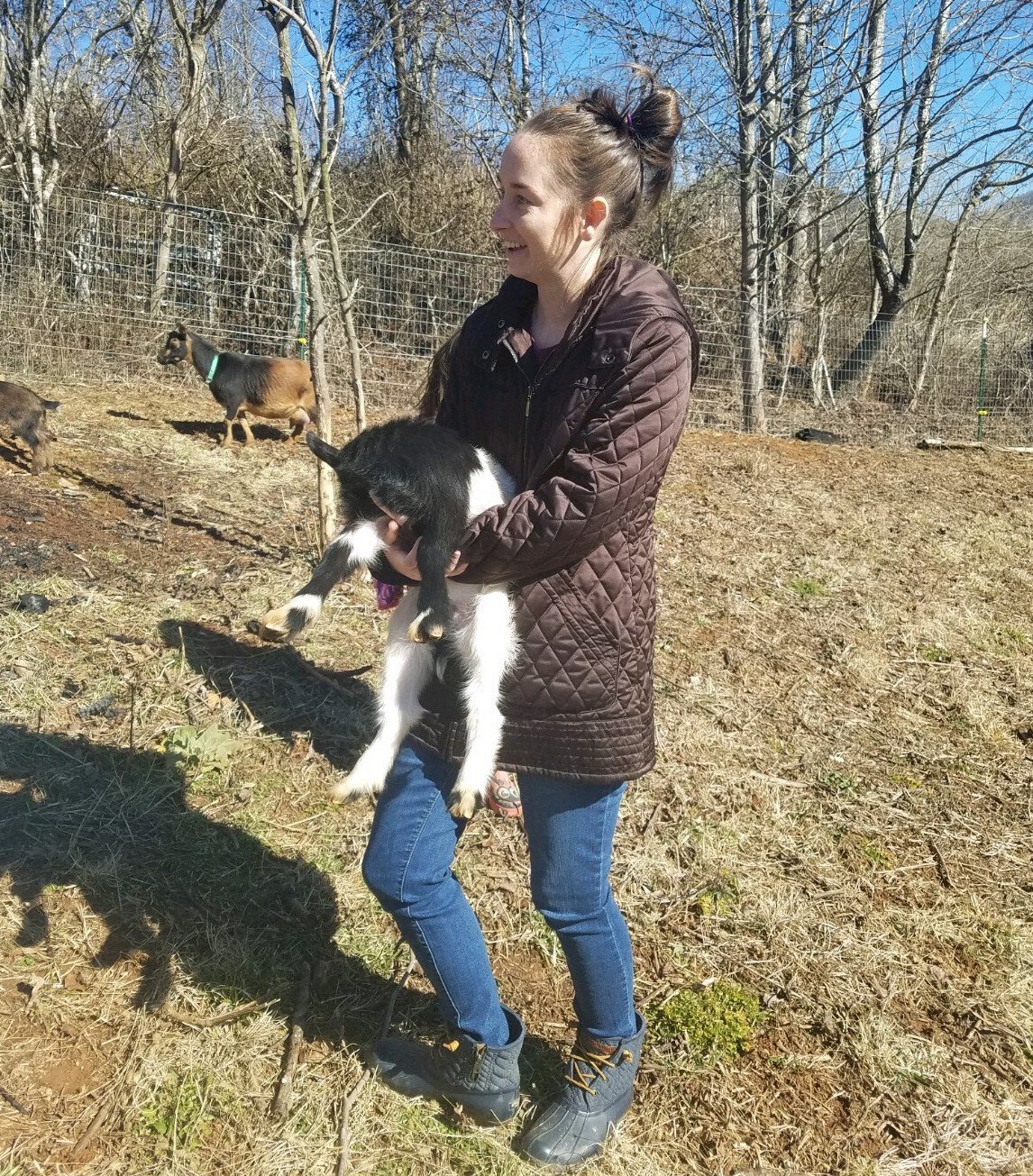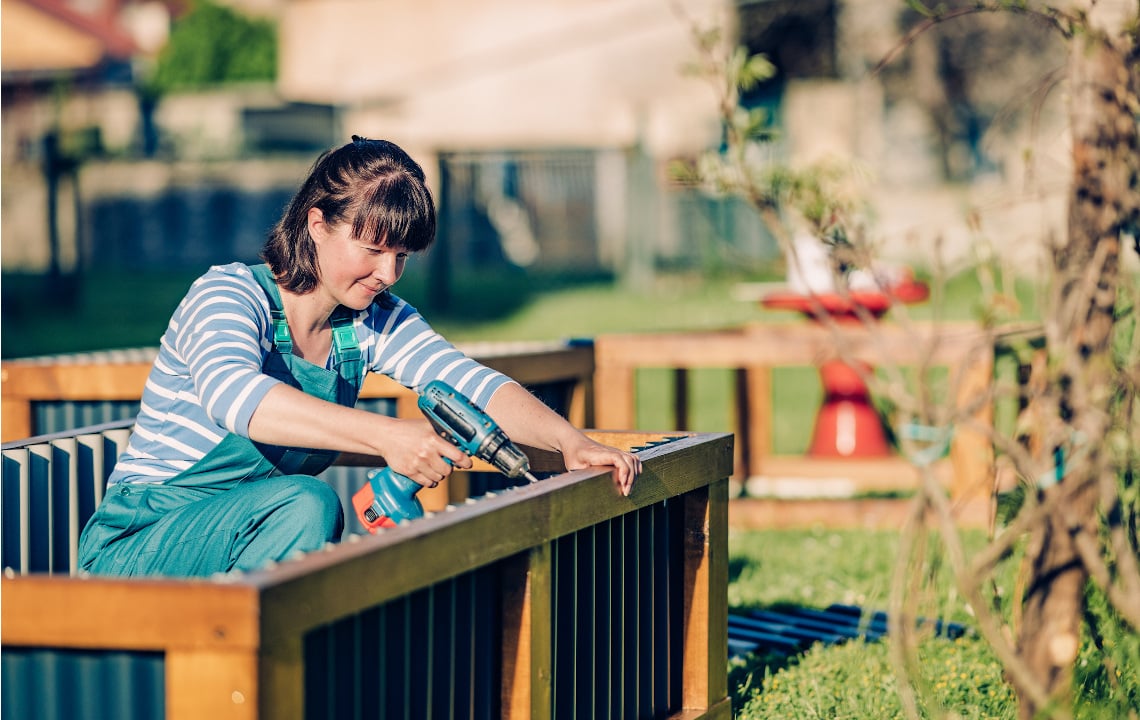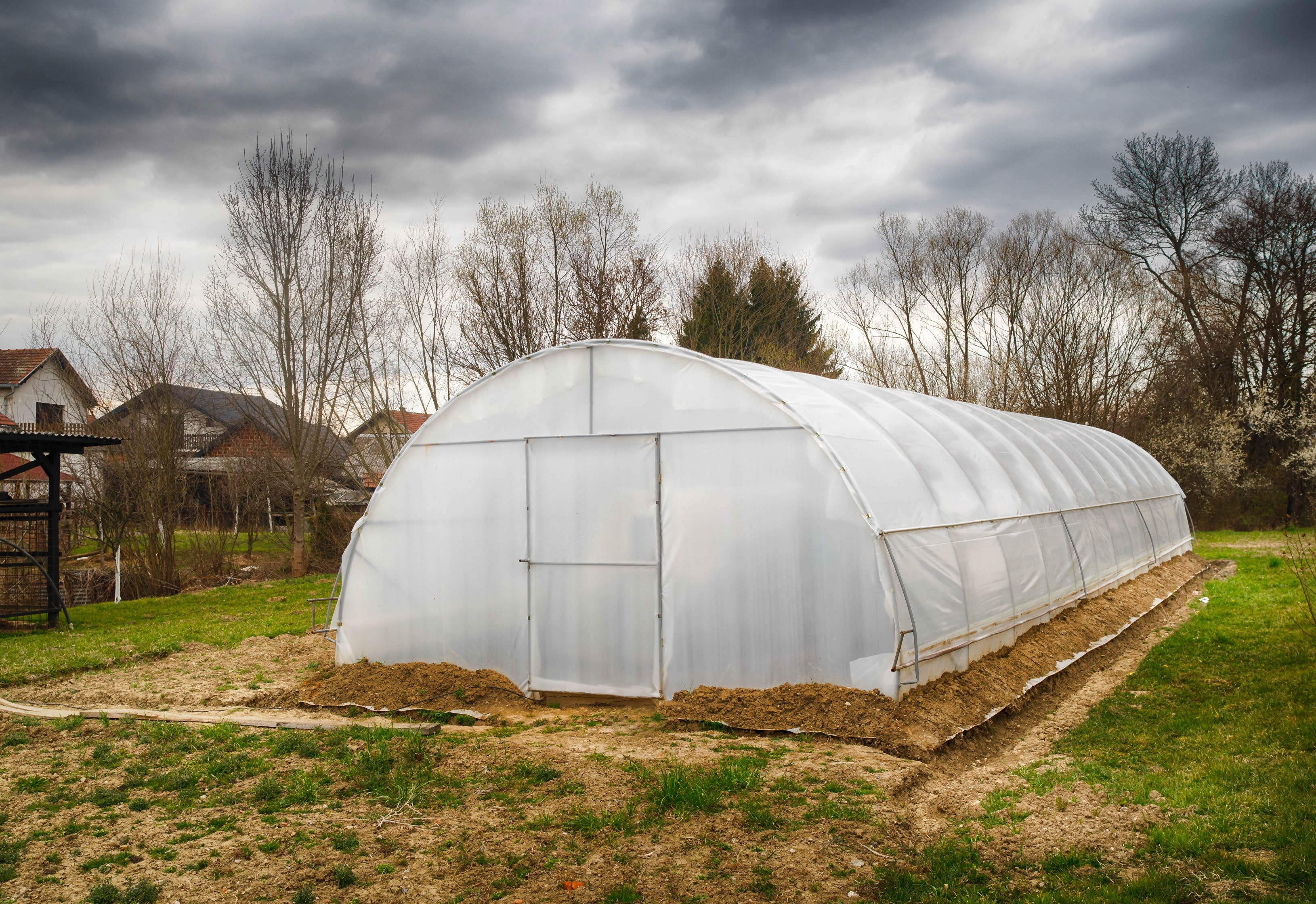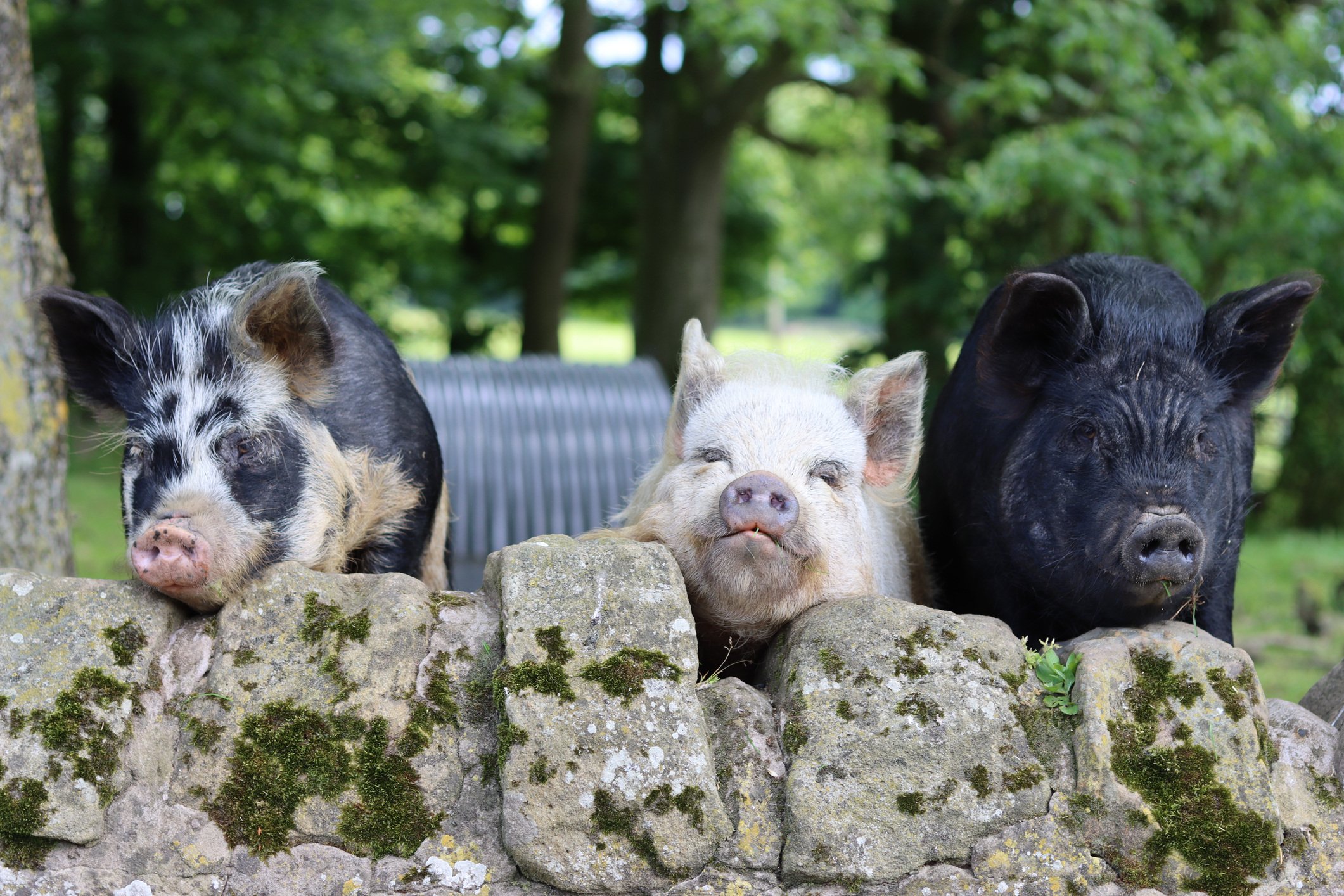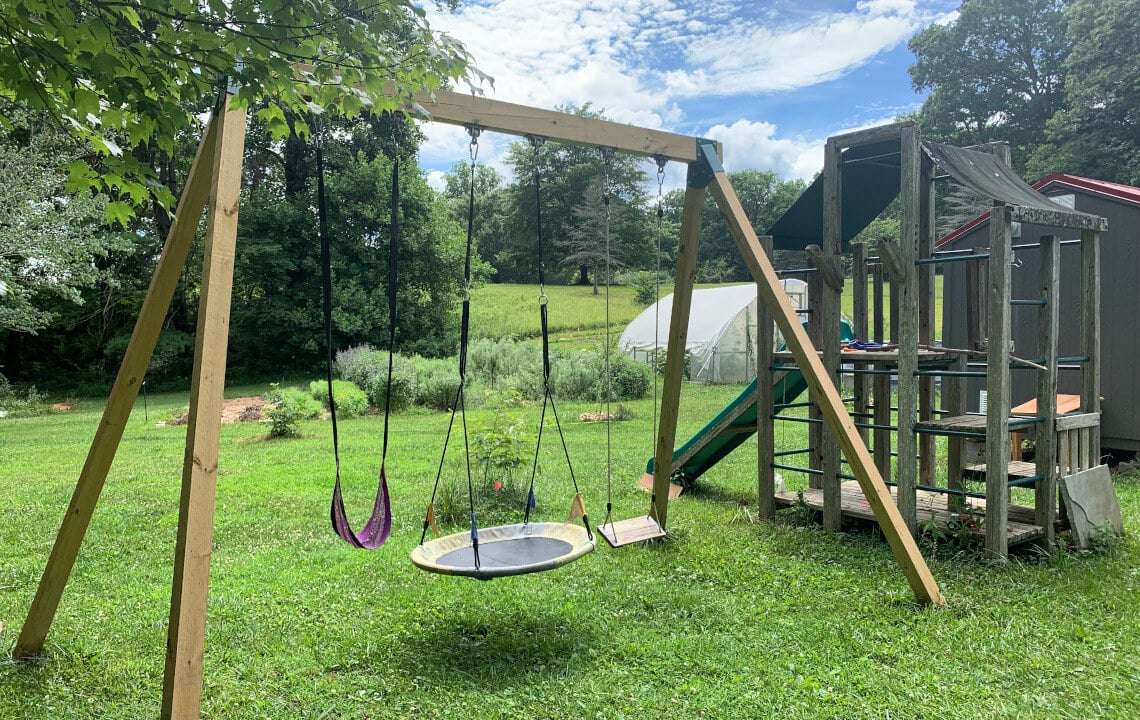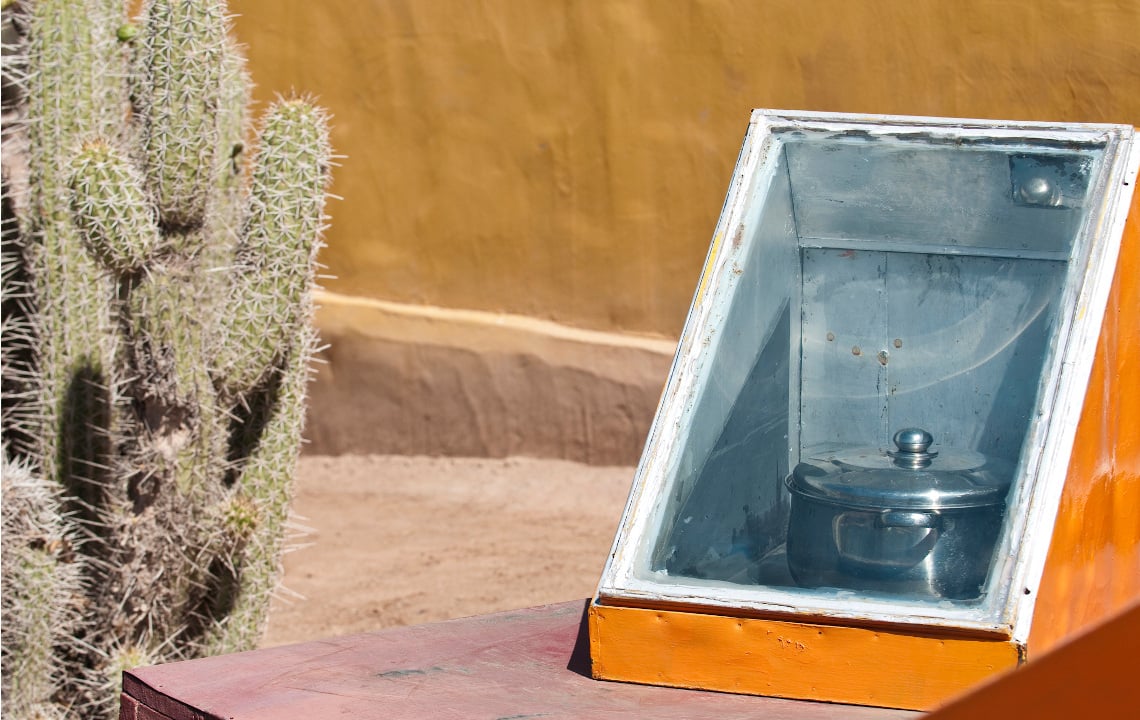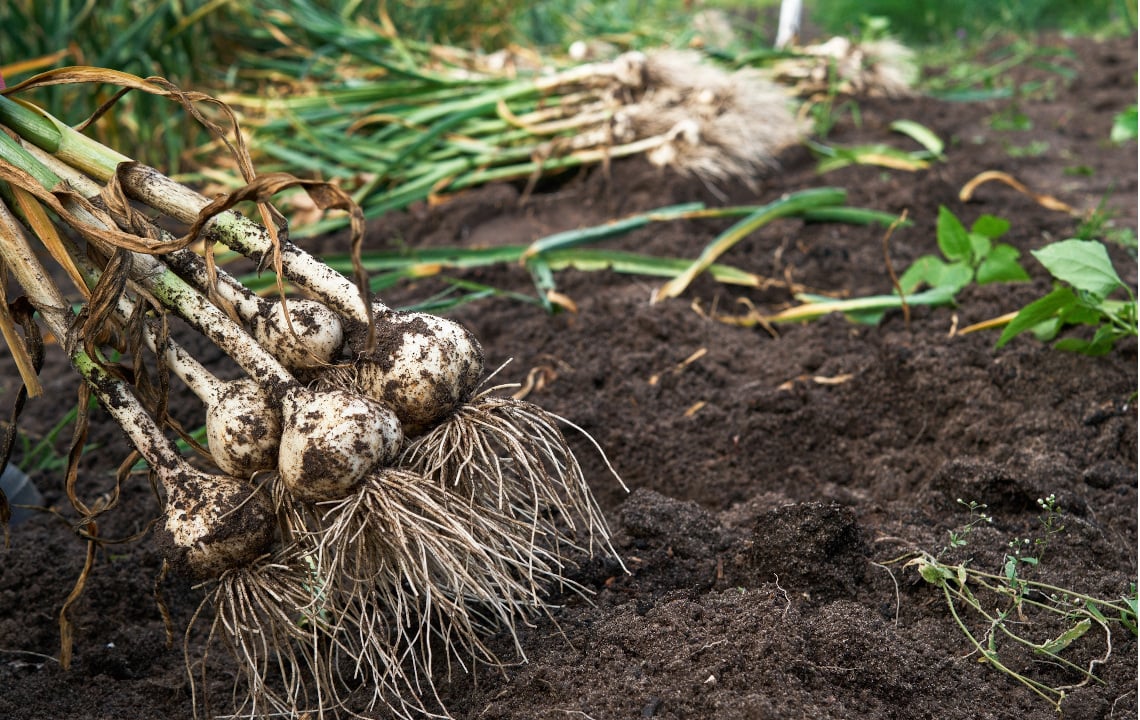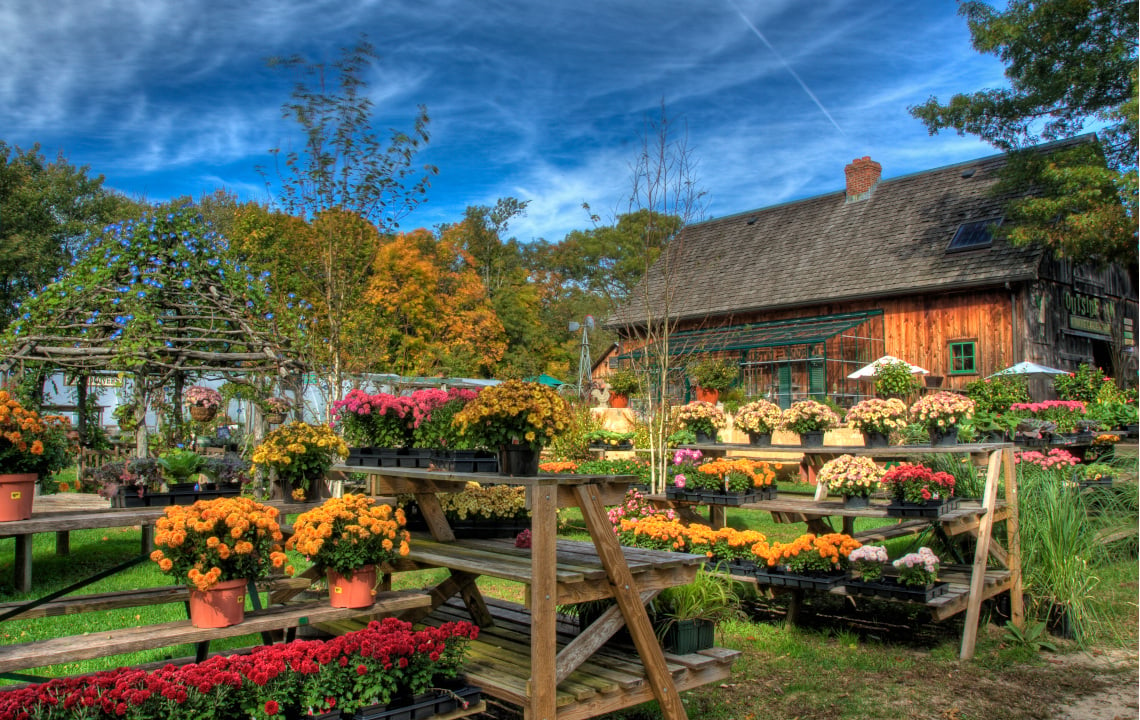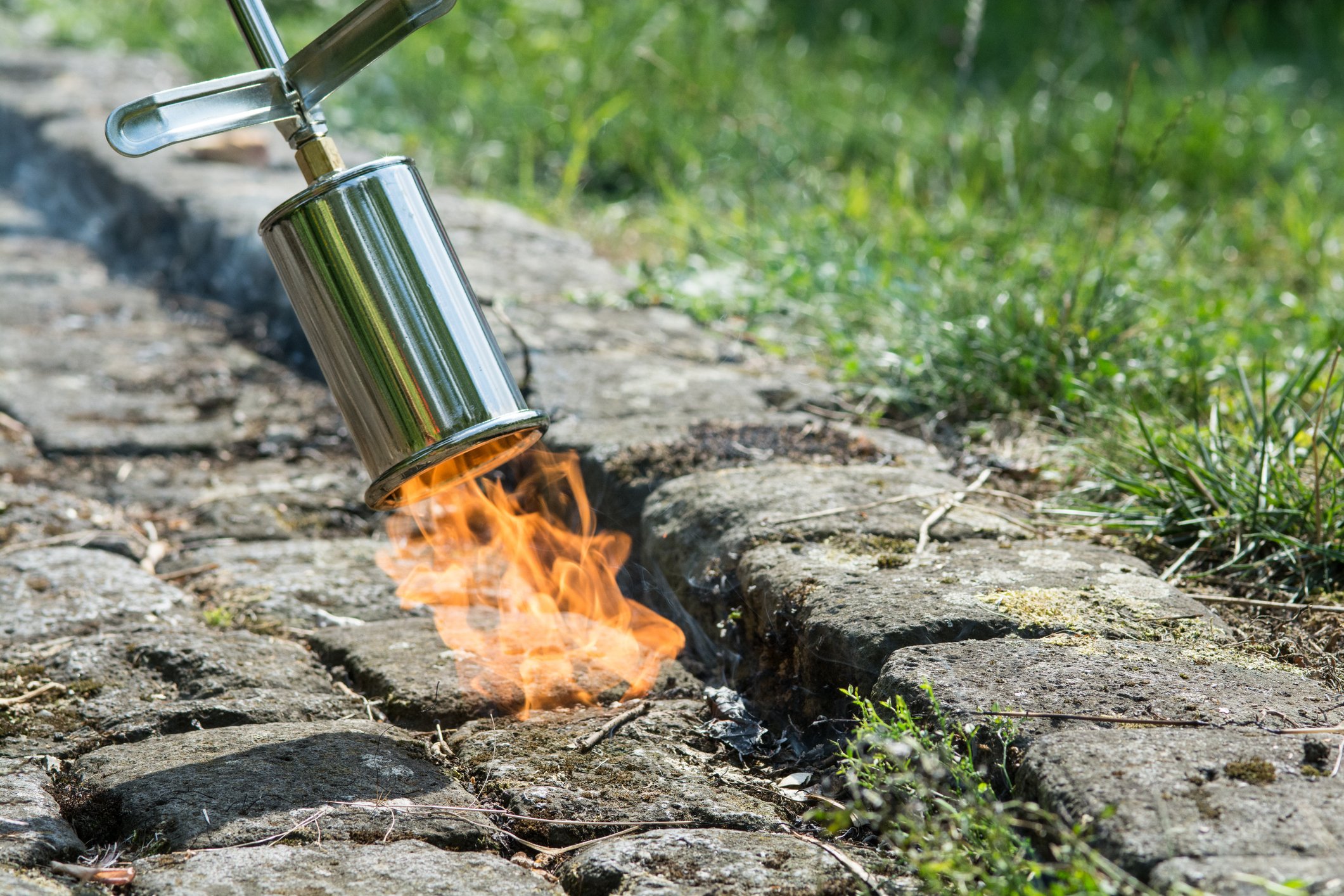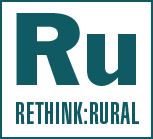If your dream is to start a farm but you aren’t sure how to pay for it, you’re not alone — the start-up costs can be daunting. But the real farmers we’ve talked to say you should absolutely follow your passion if you want to farm.
When you start a farm, there are several upfront expenses. Some of these are obvious, like the cost of leasing or buying land.
You may need to build a barn, acquire tools or install an irrigation system before you can tend crops or care for animals.
There are many ways to fund start-up costs in small-scale farming. And with a growing demand for locally-grown food throughout the U.S., it makes sense that so many people want to get into farming.
We talked to real farmers to get their best advice on funding — what worked for them and what they would do differently if they could start again — and we hope these tips help you turn your dreams into reality.
Below, we share tips from these farmers:
- Malachi Muhammad, The Nation’s Farm, Covington, Georgia
- Chris Jackson, Jenny Jack Farm, Pine Mountain, Georgia
- Filipa Rodrigues, Saudade Farms, Sherburne, New York
- Chris Muse, Muse 3 Farm, Greensburg, Louisiana
Pictured: The Jackson Family of Jenny Jack Farm in Pine Mountain, GA. Photo Credit: Sera Sera.
Tip #1: Start small and let your farm take shape over time
“Margins are tight in small-scale agriculture. One can make a decent living, but it’s very risky to start a farm on a mountain of debt,” says Chris Jackson.
He and his wife started their farm on family land with a “shoestring” budget. They built everything using second-hand materials, which they didn’t upgrade until several years later.
Chris advocates for a slow and steady start to farming, with sustainable additions and improvements over time.
Also, don’t think you have to give up your full-time job in order to succeed at farming
“A lot of farmers still need a full-time job in order to make it work,” says Filipa Rodrigues. “It can take a while to build a broad clientele. You just have to be persistent, and things will eventually fall into place.”
Tip #2: Tap into your network—ask trusted people for support
Filipa started keeping animals on borrowed land before she ever owned a farm. She got her start while working as a herd manager at a goat dairy farm in Texas, where her boss allowed Filipa to use eight acres to start keeping her own sheep and pigs.
She and her husband now own a farm in central New York, where they moved their sheep, pigs and a few cattle. They’ve since expanded their cattle herd as well.
Other farmers started on family land or bought land with a low-interest loan from a family member, a topic we covered in more detail in this article.

Adorable cattle photo courtesy of Filipa Rodrigues of Saudade Farms, Sherburne, New York
Tip #3: Apply for private sector grants from nonprofits aligned with your mission
Nonprofits like the Food Animal Concerns Trust (FACT) award farmers with direct grants to promote the healthy and safe treatment of animals.
FACT grants help farmers with projects like these:
- Improve fencing for pasture regeneration and better grazing
- Install watering systems and ensure access to fresh water
- Plant trees to create shade access
- Purchase fly control equipment
Chris Muse heard about FACT grants at a seminar at the Southern University Ag Center. He later qualified for a grant and was able to add mobile coops to protect his chickens and extend clean water to new pastures for his animals to graze.
Chris says farmers should attend as many field days and events as possible to learn about grants and other funding sources.
Look into local or regional agricultural universities that may offer free seminars or consultations for new farmers. They often have the scoop on private sector grants and other funding sources unique to your area.
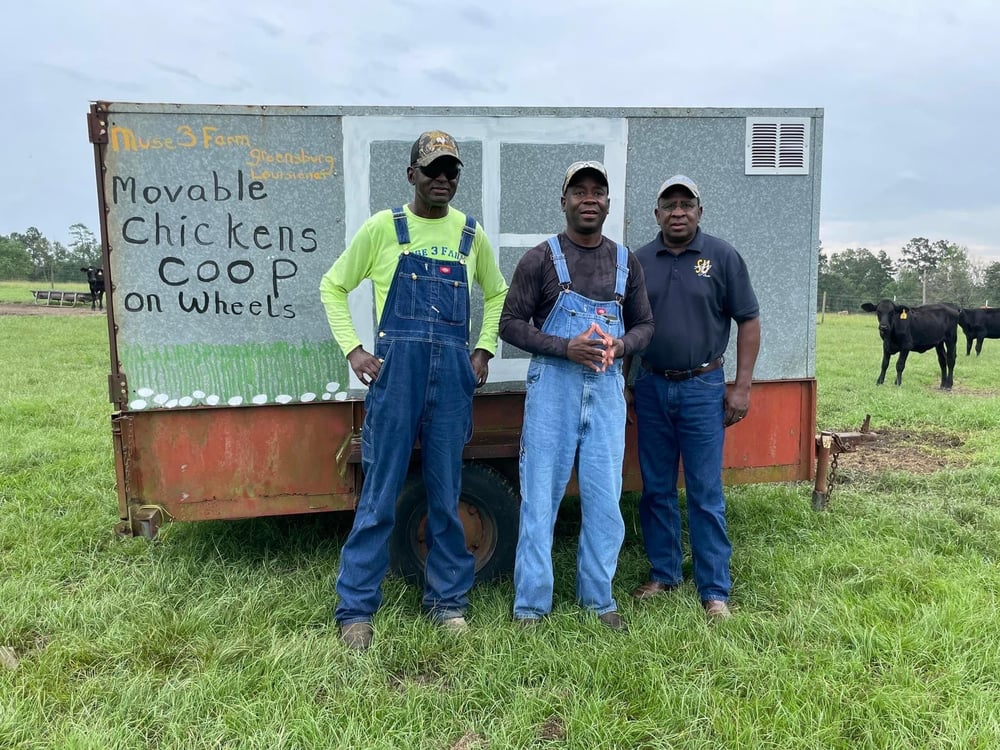
Pictured: Chris Muse (center) and co-owners Allen and Burnell of Muse 3 Farms in Greensburg, Louisiana.
Tip #4: Research federal grants and loans
If you want to apply for federal grants or loans, the first thing you should do when you start a farm is to obtain your Employer Identification Number from the IRS and apply for a farm number through the USDA’s Farm Service Agency.
We covered FSA resources extensively in this post, and you can find updated information here.
If you’re using regenerative farming methods, the USDA’s Natural Resources Conservation Service (NRCS) might be a fit (see the next tip for more details).
Tip #5: Consider the Natural Resources Conservation Service grants
NRCS’s goal is to conserve natural resources in coordination with landowners. They focus on soil and water resources, air quality, wildlife habitat and much more.
For regenerative farmers, working with NRCS is a natural fit. Malachi qualified for a $6,000 grant that paid for half the cost of his greenhouse. And a second grant from the agency helped him plant wildflowers to support his bees.
Other NRCS-funded projects:
- Planting cover crops to improve soil quality
- Soil health assessments
- Pasture planting and forage analysis
- Upgrading irrigation systems
- Invasive species control
- Creating wildlife habitat
Reach out to your local NRCS representative to learn more.
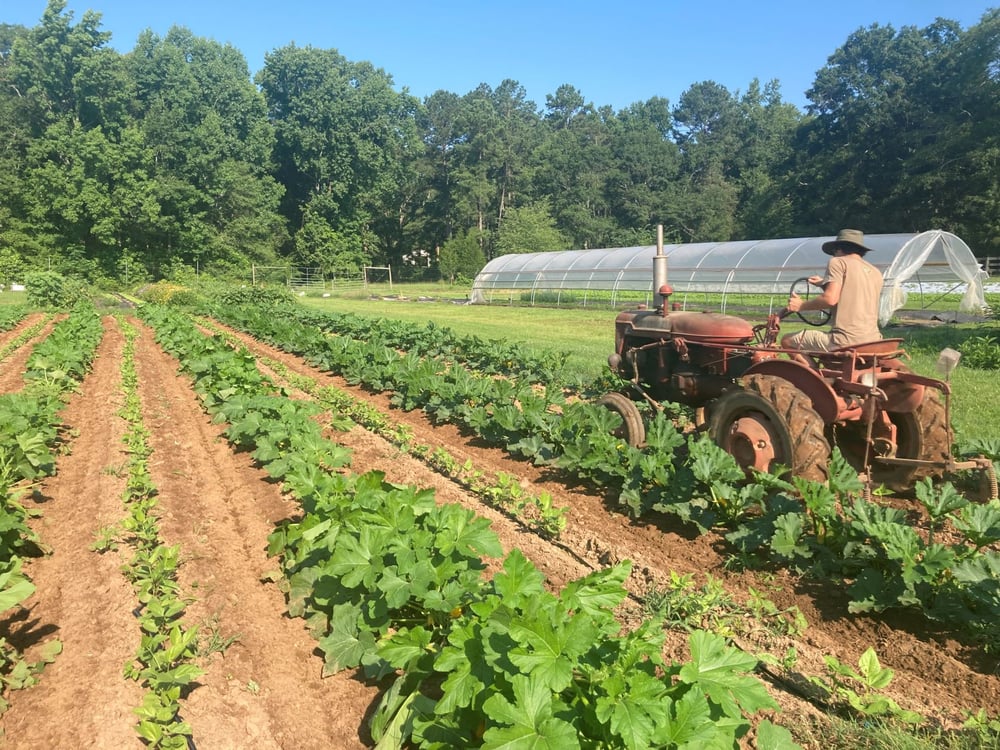
Photo of Jenny Jack Farm in Pine Mountain, GA
Tip #6: Consider unconventional loans
Look into unconventional loan programs, like the Slow Money movement.
Slow money loans are low-interest (and sometimes no-interest) loans, raised by local investors to lend to farmers and food businesses.
It’s a form of impact investing, where investors don’t expect big returns — they’re more interested in the good their money can do in their own communities. It’s about growing healthy food systems.
Chris Jackson qualified for a Georgia Slow Money loan of $1,500 last year and used it to upgrade his walk-in cooler.
He originally applied for $5,000 and hoped to buy a new cooler. But when he found out the loan was for $1,500, he improvised. He re-insulated the existing cooler, re-built the door that didn’t close properly and added a “Cool-Bot” system to keep fruits and veggies at the perfect temperature.
“I am so thankful that I didn’t get the bigger loan and was ‘forced’ to upcycle what I already had on hand,” he says.
Chris also qualified for a $9,000 interest-free loan from Kiva a few years ago when the infrastructure he’d built on a shoestring budget needed upgrades.
Kiva is similar to Slow Money in that it’s a form of impact investing.
Kiva uses an online platform to fund agriculture operations worldwide. Chris says it can be tough for small farmers to get good interest rates on business loans — and unconventional loans may be a better fit.
“I think if I had it to do over again, I would have still started slowly and small and just tried to make one or two additions or improvements a year,” Chris says. “I would have spent more time learning QuickBooks and money management so that I would have known earlier exactly how our business was doing and how much profit we could safely reinvest. I think it depends on your relationship with money and how savvy you are, and how much risk you are comfortable with.”
For more on getting started farming:
- 12 Things To Look For In A Homesteading Property
- Must Have Tools and Accessories for Gardeners
- How to Predator-Proof Your Chicken Coop
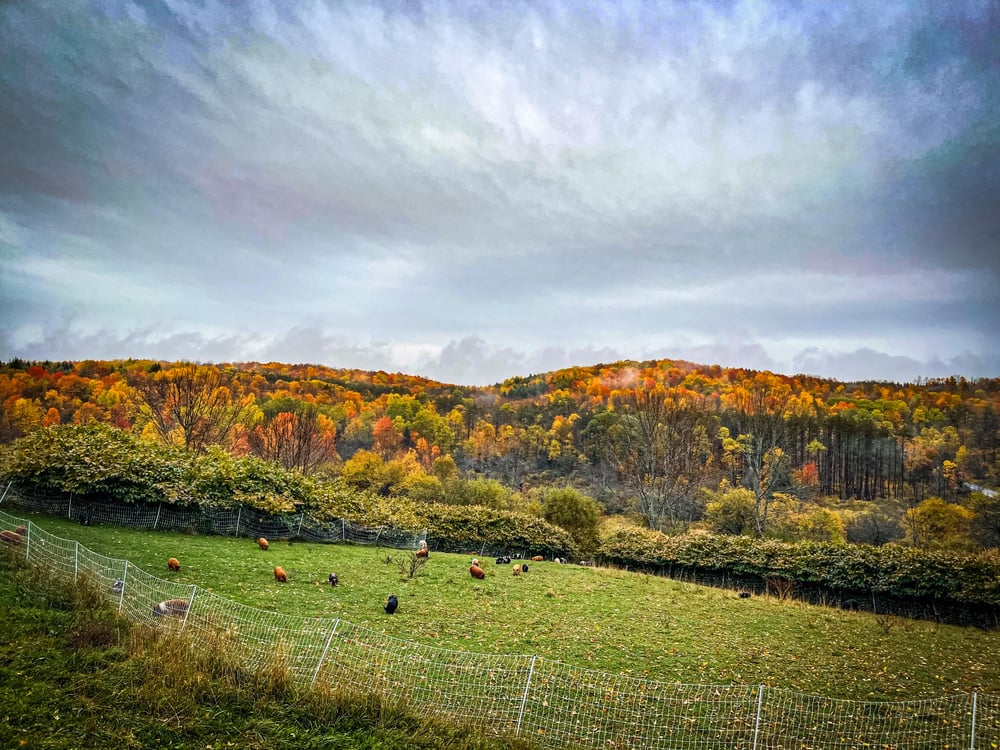
Photo of Saudade Farms, Sherburne, New York

